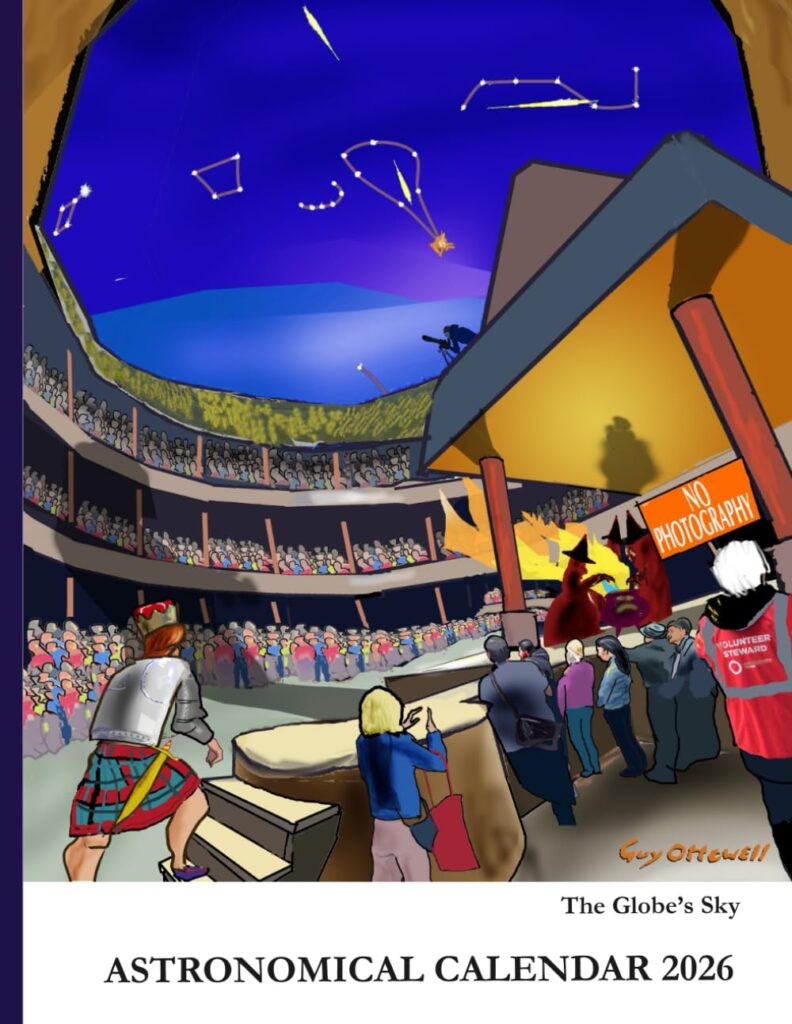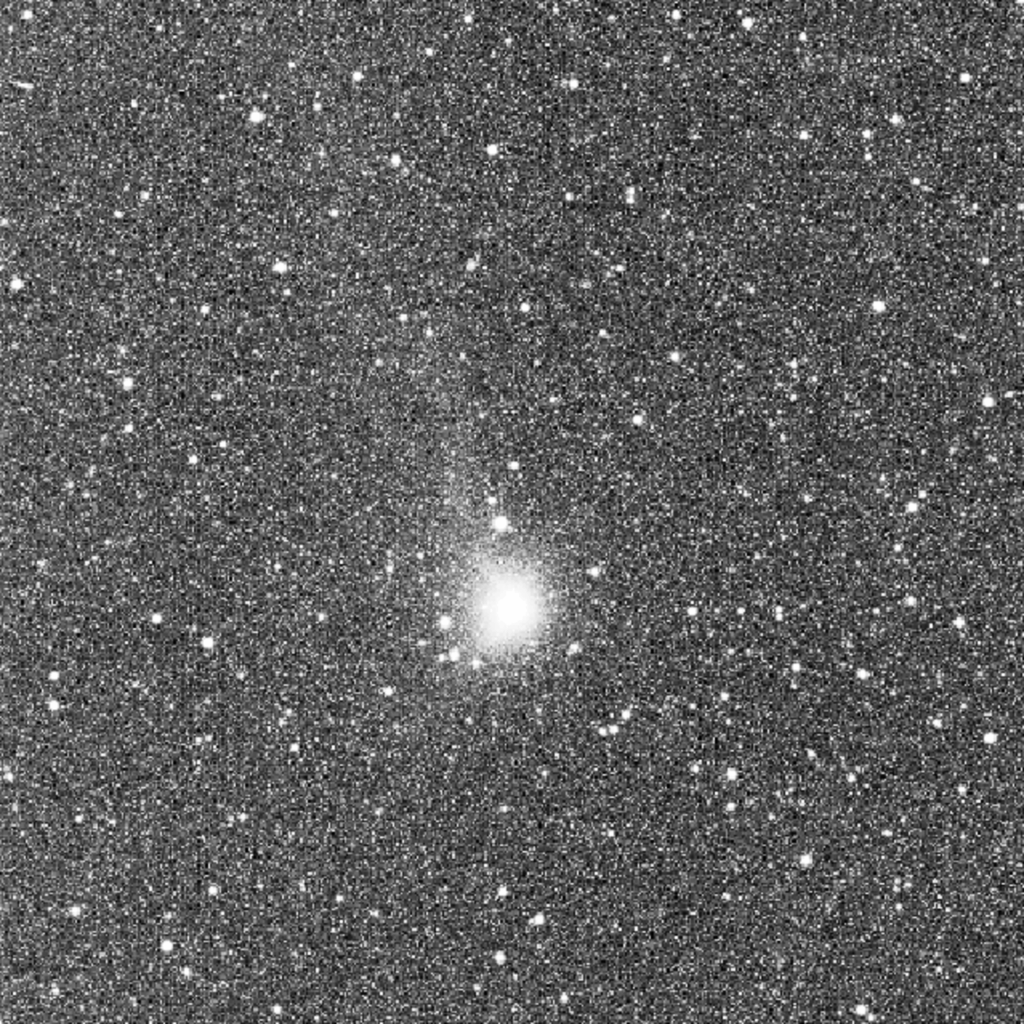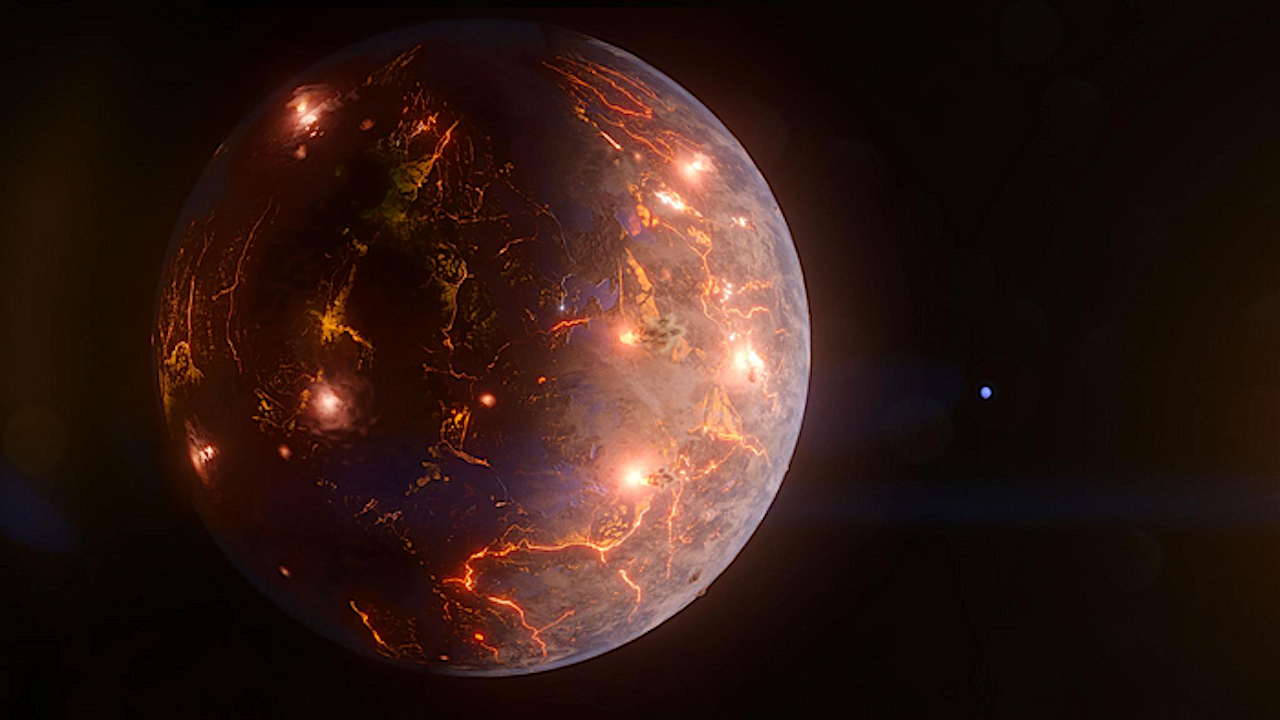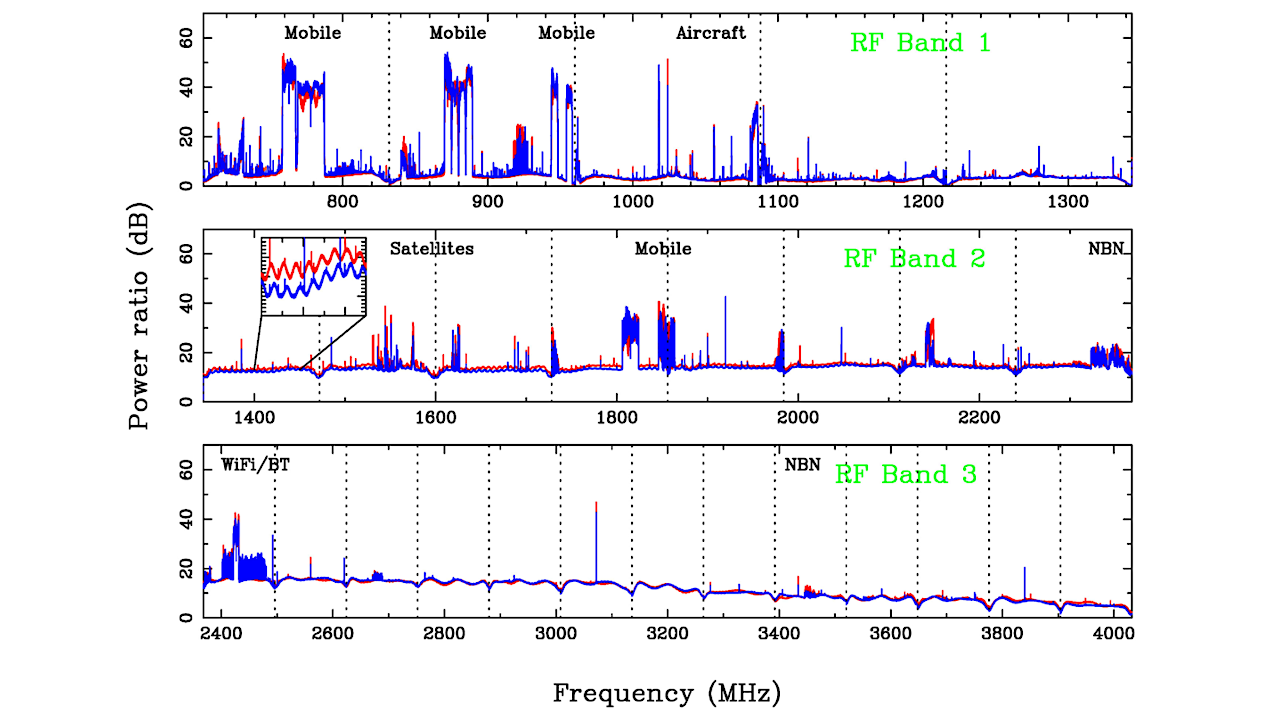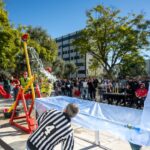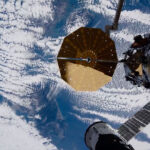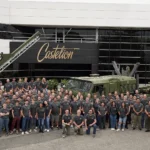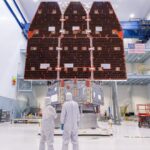Now Reading: European Space Agency Launches Groundbreaking LISA Project for Gravitational Wave Research
-
01
European Space Agency Launches Groundbreaking LISA Project for Gravitational Wave Research
European Space Agency Launches Groundbreaking LISA Project for Gravitational Wave Research
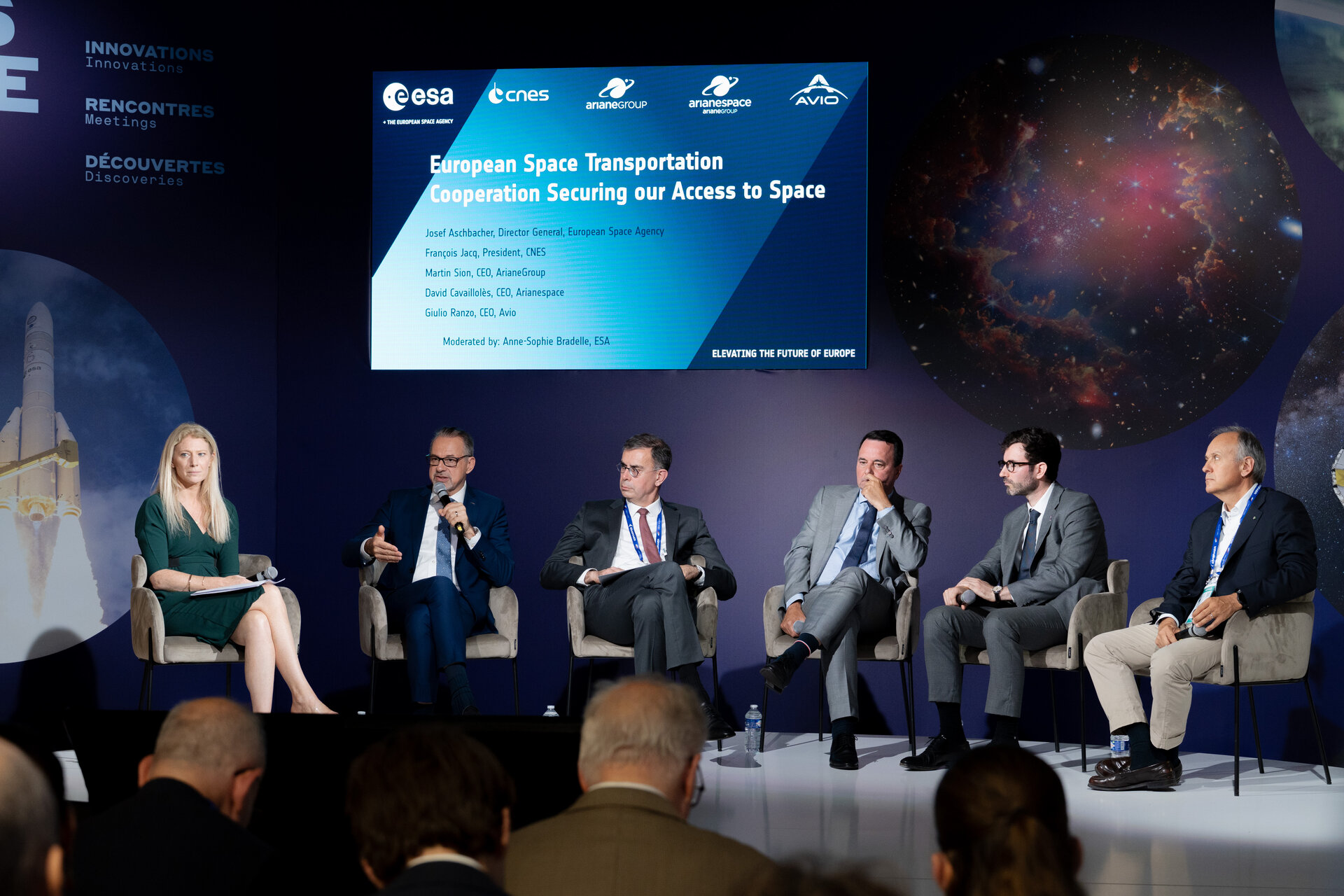

The second day of the International Paris Air Show has proven to be groundbreaking for the European Space Agency as it officially marked the beginning of the industrial development of the Laser Interferometer Space Antenna (LISA). This monumental agreement with OHB System AG represents not just an important step in physics and astronomy, but it also positions Europe at the forefront of gravitational wave research.
LISA is designed to be a space-based observatory that will detect gravitational waves—ripples in spacetime—generated by some of the universe’s most cataclysmic events. Unlike current ground-based detectors, which are limited to higher-frequency gravitational waves, LISA will target lower-frequency signals. This opens a new window to observe phenomena such as coalescing supermassive black holes and cosmic events from the early universe, deepening our understanding of the cosmos and potentially unlocking secrets from the dawn of time itself.
With its three spacecraft arranged in a triangular formation, LISA will measure the minuscule changes in distance between the satellites caused by passing gravitational waves, a feat impossible from our terrestrial vantage point. This ambitious project could lead to groundbreaking discoveries, such as the nature of dark matter and dark energy, as well as insights into the very fabric of our universe. It could even provide the first direct observations of gravitational waves emitted from mergers of supermassive black holes, helping us to understand the growth of these colossal entities over cosmic time.
As ESA Director General Josef Aschbacher eloquently stated during the announcement, “With LISA, Europe is not just participating in a scientific endeavor; we are leading it.” This proclamation reflects ESA’s commitment to maintaining its role in global space exploration and research, responding to the scientific community’s call for an observatory capable of capturing events that occur too slowly to be detected by current technology.
This industrial development phase will involve the intricate task of building and testing the various components of LISA, including its sensitive measurement devices and the robust hardware necessary for its operation in the harshness of space. While the timeline for LISA’s launch is still some years away, the capabilities it promises to deliver will surely resonate through generations of scientists and engineers.
The implications of this project stretch beyond the realm of pure science. The technological advancements required for LISA will likely have significant spin-offs, fostering innovation in engineering, data processing, and telecommunications. It exemplifies how ambitious space missions can catalyze advancements that benefit a high number of industries on Earth.
As the development of LISA progresses, it will provide a platform for collaboration among European nations and their international partners, showcasing how united efforts in pursuit of knowledge can yield spectacular results. The journey of LISA is not merely a voyage into the cosmos; it’s a quest to unravel the mysteries of our universe while bringing Europe together at the helm of groundbreaking scientific inquiry.
The stage is set for the European Space Agency to unveil its ambitious plans for the future of space missions, articulated in the newly released Technology Vision 2040 document. This forward-looking blueprint envisions a vibrant and sustainable space economy, addressing technological advancements needed to meet the challenges of upcoming missions. As we gaze into the future, it becomes imperative to connect the dots between our current capabilities and our aspirations for exploration and use of space.
This visionary document is not merely about projecting future technology; it encompasses a holistic approach to revolutionizing space exploration. Central themes of the Technology Vision 2040 include enhancing the architecture of space missions, fostering revolutionary technologies capable of transforming our society, and ensuring environmental sustainability in a burgeoning space economy.
One of the most notable aspects of this document is its emphasis on creating sustainable technologies. The challenges posed by climate change and resource scarcity on Earth necessitate that our ventures into space are not only exploratory but also contribute positively to our planet. Innovations like space-based solar power systems could potentially harness energy without the ecological footprint typically associated with terrestrial energy generation. Just imagine the possibilities if we could beam clean energy harvested in orbit back to Earth!
The document also outlines the need for agile space architectures that can adapt to the fast-paced changes in technology and mission requirements. Flexible design approaches, like those used in modular spacecraft, will allow for rapid upgrades and maintenance, minimizing downtime and maximizing mission efficiency. This adaptability is essential as we move toward an era of mega-constellations and complex interplanetary missions.
ESA Director General Josef Aschbacher emphasized the importance of international collaboration in achieving these goals. “The future of space exploration is not bound by borders,” he stated. “It requires a concerted effort from all space-faring nations.” This call for collaboration resonates deeply within the growing landscape of global partnerships in space exploration, where sharing expertise, resources, and data will become paramount.
A key area of focus within the Technology Vision 2040 is the integration of artificial intelligence and machine learning in space missions. These technologies will streamline operations, improve decision-making processes, and enhance data analysis capabilities. As we explore farther into the depths of our solar system and beyond, the need for autonomous systems that can respond to unforeseen challenges becomes critical. Imagine spacecraft that can analyze their surroundings and make real-time decisions with minimal human input—this is not just a futuristic concept but a necessity for our ambitious exploration goals.
ESA’s vision also places significant emphasis on building a sustainable lunar economy. With plans for lunar bases and resource use in the coming decades, the Moon is set to become a hub for scientific research and industrial development. The implications of using lunar resources, such as water ice and minerals, are staggering, as they could support long-term human presence in space and serve as a launching pad for further exploration of Mars and beyond.
Moreover, the document outlines the significance of human exploration in the coming years. Human presence beyond Earth very important not only for scientific discovery but also for inspiring future generations. The concept of sending astronauts to Mars, as proposed in various mission architectures, is an endeavor that will demand unwavering commitment, advanced technologies, and international cooperation. As we approach this new horizon, the lessons learned from past missions and the groundwork laid by initiatives like LISA will be invaluable.
As we stand on the brink of a new era in space exploration, the Technology Vision 2040 document serves not only as a guideline for the European Space Agency but as a beacon of inspiration for all those who dare to dream of the cosmos. By promoting innovation, fostering collaboration, and remaining steadfast in our commitment to sustainability, we can embark on an extraordinary journey that not only satisfies our curiosity about the universe but also enriches life on Earth.
Stay Informed With the Latest & Most Important News
-
 012024 in Review: Highlights from NASA in Silicon Valley
012024 in Review: Highlights from NASA in Silicon Valley -
 02Panasonic Leica Summilux DG 15mm f/1.7 ASPH review
02Panasonic Leica Summilux DG 15mm f/1.7 ASPH review -
 03How New NASA, India Earth Satellite NISAR Will See Earth
03How New NASA, India Earth Satellite NISAR Will See Earth -
 04And Thus Begins A New Year For Life On Earth
04And Thus Begins A New Year For Life On Earth -
 05Astronomy Activation Ambassadors: A New Era
05Astronomy Activation Ambassadors: A New Era -
06SpaceX launch surge helps set new global launch record in 2024
-
 07From Polymerization-Enabled Folding and Assembly to Chemical Evolution: Key Processes for Emergence of Functional Polymers in the Origin of Life
07From Polymerization-Enabled Folding and Assembly to Chemical Evolution: Key Processes for Emergence of Functional Polymers in the Origin of Life












